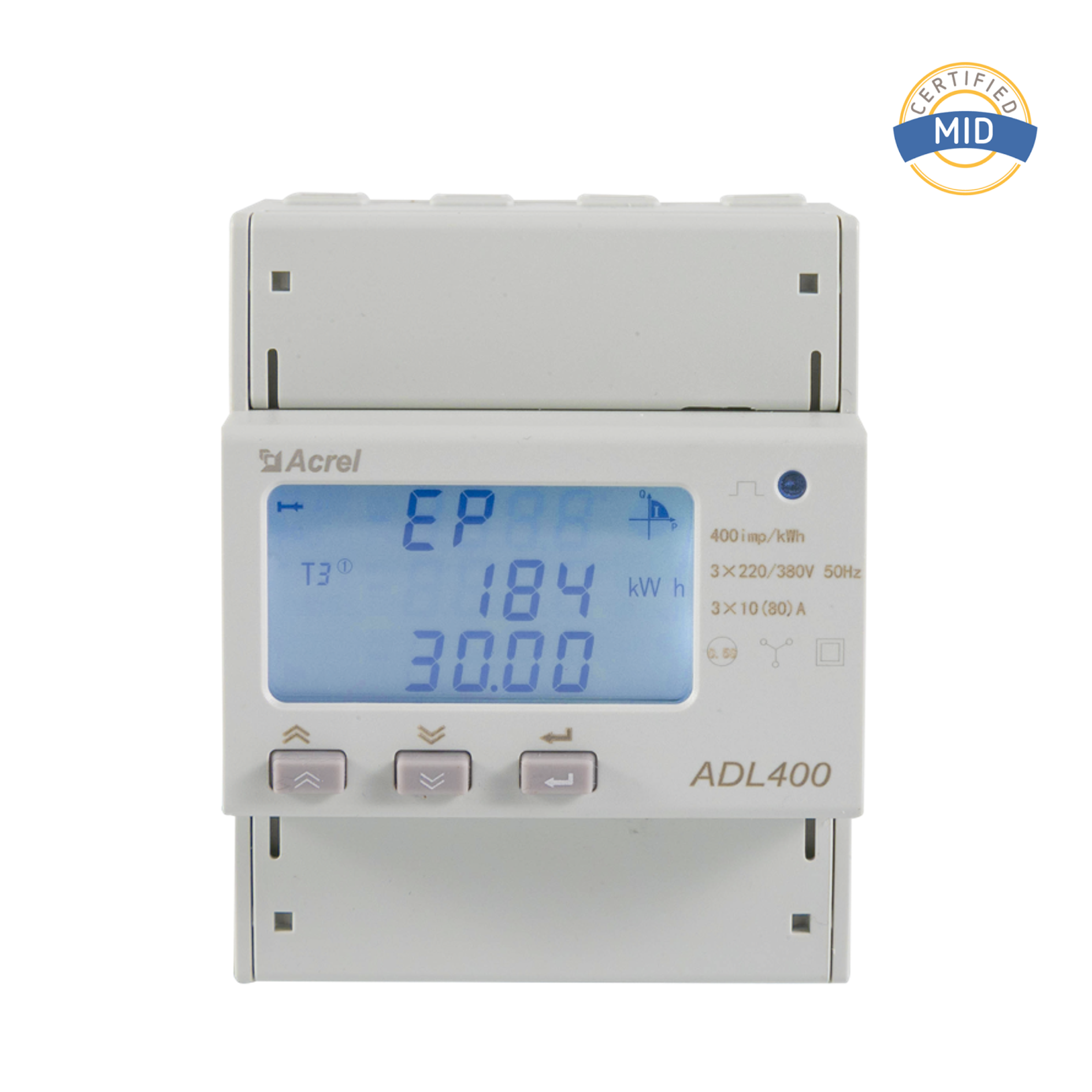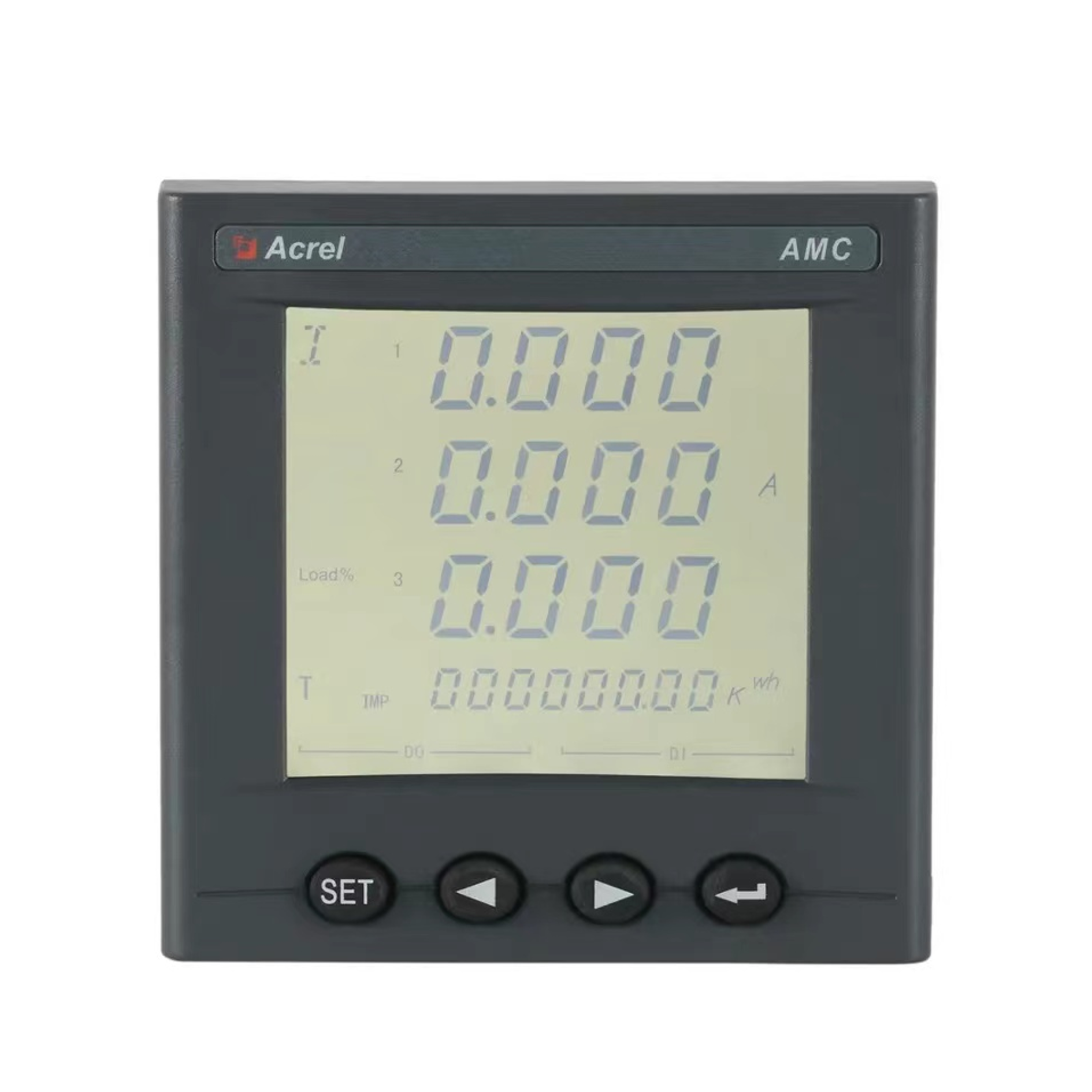How Do Teleprotection Relays Safeguard High-Voltage Power Transmission Lines?
The modern electrical grid is a masterpiece of engineering, a vast and interconnected network designed to deliver power from generation sources to end-users with remarkable reliability. At the heart of this system lie the high-voltage transmission lines, the muscular arteries that carry immense amounts of energy across vast distances. The security and stability of these critical pathways are paramount, and their protection is a sophisticated discipline. Among the most vital components in this protective scheme is a specialized device known as a teleprotection relay.
Understanding the Grid’s Vulnerability and the Need for Speed
High-voltage transmission lines are exposed to a variety of potential faults, such as lightning strikes, equipment failure, or contact with foreign objects. When a fault occurs, it can cause a massive current surge, damage expensive equipment like transformers and circuit breakers, and lead to widespread power outages. The primary goal of any protection system is to identify and isolate a fault as quickly as possible to minimize damage and maintain overall system stability.
Local protection relays are stationed at each end of a transmission line to detect these anomalies. They are highly effective at clearing faults that occur directly within their designated zone. However, a significant challenge arises with faults that occur on long transmission lines. From the perspective of a single relay at one end of the line, a fault at the far end can be difficult to distinguish from a normal high-load condition or a fault on a neighboring section. This uncertainty can lead to delayed tripping, which is unacceptable for system stability.
This is where the concept of teleprotection becomes critical. The term itself is a portmanteau of “telecommunications” and “protection,” precisely describing its function. A teleprotection relay is not a standalone device but rather a system that integrates a protection relay with a communication channel, allowing relays at both ends of a transmission line to exchange critical status and fault information in real-time. The core value proposition of these systems is speed and selectivity. By enabling relays to communicate, they can make more informed, coordinated decisions to isolate faults within milliseconds, far faster than any localized protection scheme could achieve independently.
The Core Principle: Communication-Accelerated Fault Clearing
The fundamental operation of a teleprotection system can be understood by examining a simple two-terminal transmission line. At each terminal—Substation A and Substation B—there is a circuit breaker controlled by a local protection relay. Each of these relays is connected to a teleprotection relay.
The primary role of the teleprotection relay is to send and receive trip signals or blocking signals to and from the remote end. When a relay detects a fault, it does not immediately trip its local circuit breaker based solely on its own measurements. Instead, it uses the communication channel to share its perspective with the relay at the opposite end.
For instance, consider an internal fault—one that occurs directly on the transmission line between Substation A and Substation B. The relay at Substation A will detect the fault and instantly send a trip signal via the teleprotection relay to Substation B. Simultaneously, the relay at Substation B will also detect the fault and send a trip signal to Substation A. Upon receiving the signal, each terminal’s teleprotection relay will command its local circuit breaker to open, isolating the faulty line from both ends almost simultaneously. This coordinated action ensures the fault is de-energized completely and as rapidly as possible.
This process is vastly different for an external fault, such as one on a different line connected to Substation B. In this scenario, the relay at Substation A might see the disturbance but the relay at Substation B will recognize it as an external event and send a blocking signal to Substation A. Upon receiving this block, the teleprotection relay at Substation A will prevent its local breaker from tripping, thereby avoiding an unnecessary outage on a healthy line. This selectivity is a key benefit, enhancing the overall reliability of the network.
The Anatomy of a Teleprotection System: Key Components
A complete teleprotection scheme is composed of several integrated components that work in harmony. Understanding this anatomy is crucial for appreciating the system’s reliability.
The Protection Relay: This is the intelligent device that continuously monitors electrical parameters like current, voltage, and frequency. It uses this data to determine if a fault condition exists. Modern numerical relays have sophisticated logic for fault detection and directionality.
The Teleprotection Terminal (or Relay): This is the specialized communication interface. It takes the command from the protection relay (e.g., “trip” or “block”) and converts it into a secure message format for transmission over the communication channel. On the receiving end, it decodes the incoming message and presents a validated command to the local protection relay. These terminals are designed for extreme speed and high noise immunity.
The Communication Channel: This is the physical or logical medium that carries the signal between the two ends. The choice of channel has a significant impact on the performance, cost, and reliability of the teleprotection system.
Table: Common Communication Channels for Teleprotection Systems
| Channel Type | Typical Technology | Key Characteristics |
|---|---|---|
| Power Line Carrier (PLC) | High-frequency signals superimposed on the power line itself. | Uses existing infrastructure; cost-effective for short lines; can be affected by line noise and faults. |
| Fiber Optic | Dedicated or shared fibers within an OPGW or ADSS cable. | Extremely high immunity to electromagnetic interference, very high bandwidth and speed, high security. |
| Microwave Radio | Point-to-point wireless radio links. | Suitable for difficult terrain where cabling is impractical; requires a clear line of sight. |
| Wired Pilot Cable | Metallic twisted-pair cable. | Traditionally used for short distances; vulnerable to physical damage and ground potential rise. |
The Interface Equipment: This includes modems, multiplexers, and other devices that condition the signal for transmission over the specific channel, such as converting electrical signals to light pulses for fiber optic communication.
Primary Teleprotection Schemes: Direct Transfer Trip and Permissive Overreaching
The logic governing how the teleprotection relays interact defines the scheme. The two most common schemes are Direct Transfer Trip and Permissive Overreaching Transfer Trip.
Direct Transfer Trip (DTT) is the simplest and most secure scheme for certain applications. In a DTT scheme, if a relay at one end decides to trip its local breaker for a fault it has definitively identified—such as a busbar fault within its own substation—it will simultaneously send a direct, unconditional trip command to the remote end. This ensures the remote breaker also opens, preventing the fault from being fed from the other side. DTT is often used as a backup or for specific scenarios where local tripping logic is considered absolutely reliable for initiating a remote trip. Security is maintained through signal security measures to prevent false trips from spurious signals.
Permissive Overreaching Transfer Trip (POTT) is one of the most widely used teleprotection schemes for line protection. It offers an excellent balance of speed and security. In this scheme, each relay is equipped with an overreaching zone—a setting that extends beyond the remote end of the line. If a relay detects a fault in its overreaching zone, it sends a “permission” signal to the remote end. It will only trip its own local breaker if two conditions are met simultaneously: 1) it detects the fault in its overreaching zone, and 2) it receives a permissive signal from the remote end. This “two-out-of-two” logic provides high security against false trips. The receipt of the permissive signal confirms that the remote relay also sees the fault, confirming it is within the protected line section.
Critical Performance Characteristics of Telecommunications Protection Relays
When evaluating telecommunications protection relays, several performance parameters are of utmost importance. These specifications directly impact the security and dependability of the protection system.
Operating Time: This is the total time from the instant the protection relay issues a command to the moment the remote teleprotection relay presents a output. This time must be consistently ultra-fast, typically in the range of 8 to 15 milliseconds for modern digital devices. This does not include the circuit breaker’s own operating time.
Security: In protection terminology, security refers to the system’s ability to avoid incorrect operation during non-fault conditions. A highly secure teleprotection relay is designed with robust features to reject false commands that could be induced by noise, interference, or power system transients. Security is paramount because a false trip can destabilize the grid as much as a failure to trip.
Dependability: This is the system’s ability to operate correctly when a true fault condition exists. A dependable system ensures that a genuine trip command is successfully transmitted and received, even under adverse channel conditions. Designers often implement redundant communication channels to enhance dependability.
Availability: This is the overall measure of the system’s readiness to perform its function. It is a function of both security and dependability, and is increased through high-reliability components, redundant power supplies, and robust communication path management.
Channel Monitoring and Diagnostics: Modern teleprotection relays are equipped with advanced self-diagnostic and channel monitoring capabilities. They can continuously assess the health and integrity of the communication link, providing alarms for degradation or failure. This allows for proactive maintenance and prevents the protection system from operating in an impaired state.
-
The "Stethoscope" of Power Systems: Why You Need a Power Quality Analyzer
 Part 1: Introduction 1.1 What is Power Quality and Why is it Important? In modern society, a stable ...View More
Part 1: Introduction 1.1 What is Power Quality and Why is it Important? In modern society, a stable ...View More -
Advancements and Applications of AC Energy Meters in Modern Power Management
 Introduction to AC Energy Meters In today’s rapidly evolving energy sector, accurate measurement and...View More
Introduction to AC Energy Meters In today’s rapidly evolving energy sector, accurate measurement and...View More -
What are the key differences between a basic thermal overload relay and a smart motor protection relay?
 I. Introduction: The Critical Need for Motor Protection Electric motors are the undisputed workhorse...View More
I. Introduction: The Critical Need for Motor Protection Electric motors are the undisputed workhorse...View More -
Precision and Versatility: Unlocking Efficiency with Panel Mount Multifunction Meters
 Introduction In modern industrial and commercial power environments, precise measurement and managem...View More
Introduction In modern industrial and commercial power environments, precise measurement and managem...View More
 Email: [email protected]
Email: [email protected] Phone: +86-18702106858 / +86-21-69156352
Phone: +86-18702106858 / +86-21-69156352


 English
English Deutsch
Deutsch





